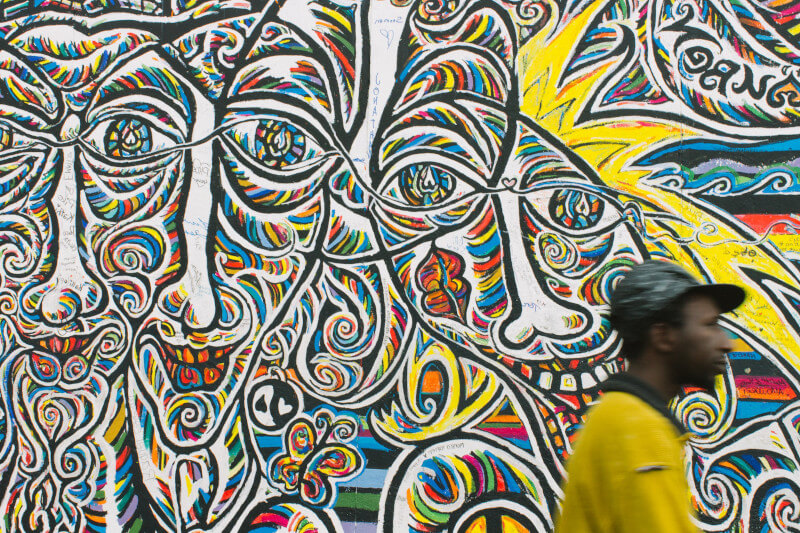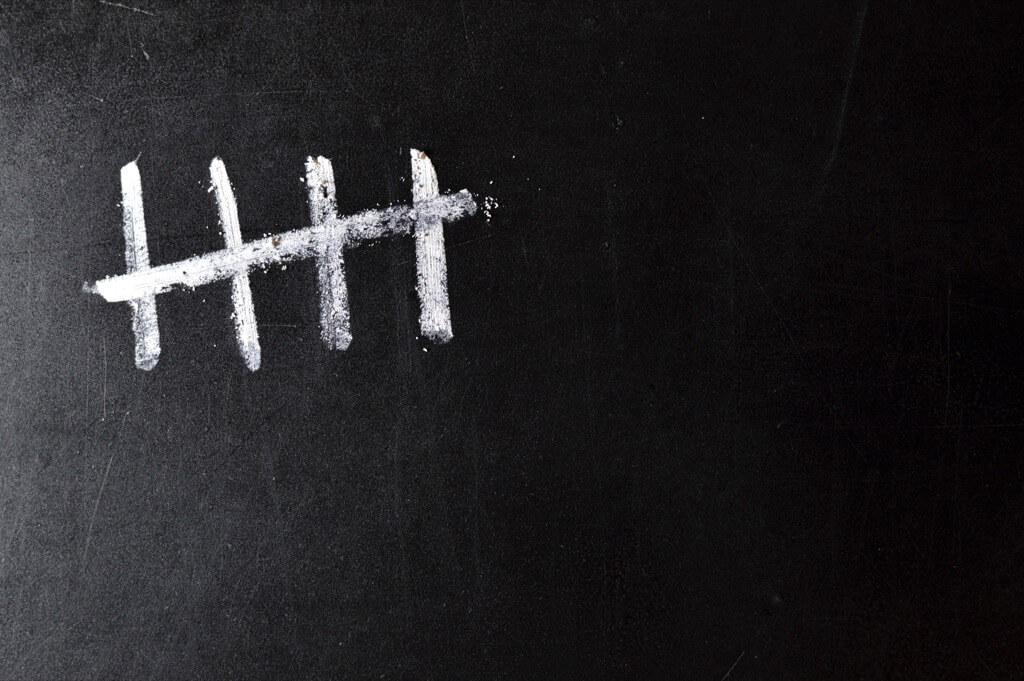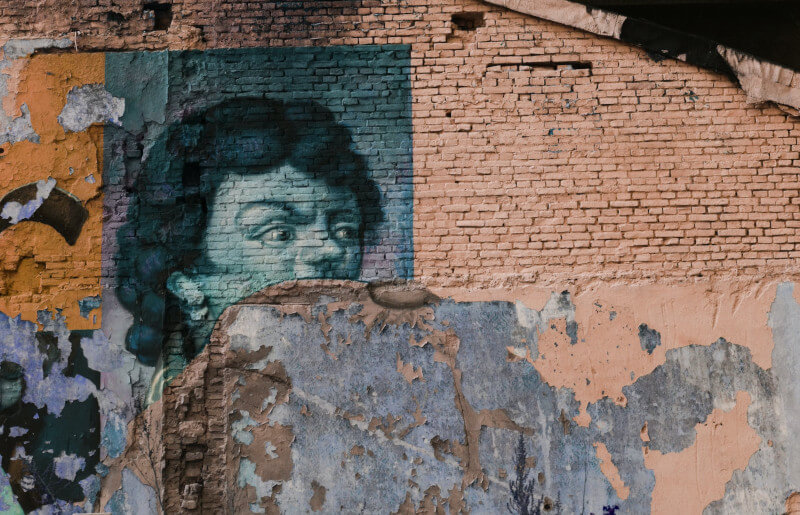The practice of beginning the new year on January 1 has a rich historical background, deeply rooted in the evolution of ancient calendars and the political and religious dynamics of different eras.
The Early Roman Calendar: Origins of Intercalary Months
The ancient Roman calendar, preceding the Julian calendar, consisted of a 355-day cycle with the occasional insertion of a Mensis intercalates, an extra month, to synchronize the calendar with the Earth’s orbit. The role of the pontifices, or priests, was crucial in announcing the commencement and conclusion of the intercalary month, sometimes leading to manipulation for personal gain.
Julius Caesar’s Reform and the Julian Calendar
Caesar’s 46 BC reform aimed to rectify the calendar’s disorderliness. The addition of 23 extra days to the year resulted in the annus confusion, which necessitated the transition to a new calendar system. With the Julian calendar, the naming of the months after animals commenced, with January as the beginning of the year, aligning it with the consular year.
Shifting Perspectives: Transition from March to January
The transition from March to January as New Year’s Day could be traced back to the Roman King Numa Pompilius, who named January after Janus, the deity of beginnings. This transition was a natural evolution of Roman religious practices and symbolism.
Transition to the Gregorian Calendar
The Julian calendar’s 365.25 days created discrepancies, leading to a 10-day shift. Pope Gregory XIII’s reform in 1582 sought to reconcile the calendar with astronomical observations, aligning the spring equinox with its original date during the First Council of Nicaea. The transition from the Julian to the Gregorian calendar became the global standard, signifying a remarkable shift in timekeeping practices worldwide.
New Year Traditions and the Gregorian Calendar’s Influence
The celebration of the new year predates the Roman era, with ancient Babylonian rituals and Roman customs at the heart of the festivities. Despite attempts to deter the celebration of January 1 as the new year during the Middle Ages, the adoption of the Gregorian calendar reinstated January 1 as the official beginning of the new year in many Catholic nations.
Understanding the historical and cultural context surrounding the choice of January 1 as the new year provides a deeper appreciation of this global celebration and its roots in ancient traditions and timekeeping systems.
Cultural Significance and Global Unity
The adoption of January 1 as the new year’s commencement has fostered a sense of global unity, with diverse cultures around the world partaking in this collective celebration. Understanding the historical underpinnings of this tradition can deepen your appreciation for its cultural significance and global resonance.
Standardized Timekeeping and Global Communication
The transition from various localized calendar systems to the standardized Gregorian calendar has facilitated global communication and synchronization. Today, businesses, organizations, and individuals across continents benefit from a universally accepted timekeeping system, streamlining international interactions and collaborations.
Continuity of Tradition and Cultural Heritage
Despite the evolution of timekeeping practices, the retention of January 1 as the new year’s initiation perpetuates a rich cultural heritage. By embracing and commemorating this historical legacy, you contribute to the preservation of global traditions, fostering a sense of connection and continuity across generations.
Harmony Between Religious Observances and Secular Customs
The harmonious integration of historical religious observances and contemporary secular customs during New Year’s festivities reflects the dynamic interplay between cultural traditions and modern practices. Acknowledging the multifaceted origins of this celebration can enrich your understanding of the diverse cultural tapestry that shapes today’s world.
Resilience and Adaptability in the Face of Change
The persistence of the January 1 New Year’s tradition amidst historical reforms and societal transformations exemplifies humanity’s resilience and adaptability. Recognizing the enduring nature of this global celebration can inspire you to embrace change while honoring the rich historical legacies that have shaped contemporary cultural practices.
Global Cultural Appropriation Debate
The globalization of New Year’s celebrations has sparked discussions about cultural appropriation, with some arguing that the adoption of New Year’s traditions from diverse cultures can sometimes lead to misinterpretation or commodification of sacred rituals. While proponents of cultural exchange emphasize the importance of cross-cultural appreciation and understanding, critics highlight the need for respectful engagement and acknowledgment of the historical and cultural significance of the practices being adopted.
Environmental Impact of Fireworks Displays
The widespread use of fireworks during New Year’s celebrations has raised concerns about their environmental impact, including air and noise pollution, as well as the generation of substantial waste. While proponents of fireworks emphasize their cultural significance and their role in fostering community spirit, critics emphasize the need for sustainable and eco-friendly alternatives to minimize the detrimental effects on the environment and public health.
Diverse Calendar Systems and New Year’s Recognition
The diverse calendar systems used by different cultures have led to ongoing discussions about recognizing and celebrating New Year’s Day on various dates. While the adoption of the Gregorian calendar as the global standard has facilitated international coordination, proponents of alternative calendar systems advocate for the acknowledgment and preservation of culturally specific New Year traditions, emphasizing the importance of cultural autonomy and diversity.
Economic Implications of New Year’s Consumerism
The commercialization of New Year’s celebrations has prompted discussions about the economic implications of consumerism during this period. While businesses benefit from increased sales and consumer spending, critics emphasize the potential negative impact of materialistic practices on societal values and personal well-being, highlighting the need for conscious consumption and sustainable economic practices during the holiday season.
Psychological Impact of New Year’s Resolutions
The tradition of setting New Year’s resolutions has led to debates about their psychological impact on individuals. While proponents of resolutions highlight their role in fostering personal growth and development, critics emphasize the potential negative effects of unrealistic expectations and self-imposed pressures, advocating for a more holistic approach to goal-setting and self-improvement throughout the year.
Countries That Year Doesn’t Start On The 1st of January
Chinese New Year: A Festive Spring Celebration
Chinese New Year, also known as the Spring Festival, marks the beginning of the lunar new year in the Chinese calendar. Celebrated between January 21st and February 20th, this vibrant festival is characterized by traditional customs and symbolic rituals that hold deep cultural and spiritual significance for the Chinese community worldwide.
Rosh Hashanah: The Jewish New Year
Rosh Hashanah, the Jewish New Year, is celebrated in early autumn, typically in September or October. This significant religious observance is a time for introspection and spiritual renewal, accompanied by special prayers, symbolic foods, and communal gatherings that reflect the rich cultural heritage and traditions of the Jewish faith.
Islamic New Year: The Hijri New Year
The Islamic New Year, also known as the Hijri New Year, is based on the Islamic lunar calendar and marks the migration of the Prophet Muhammad from Mecca to Medina. This observance, which falls on the first day of Muharram, is a time for contemplation, gratitude, and spiritual reflection within the Muslim community, highlighting the importance of faith and unity.
Nowruz: The Persian New Year
Nowruz, the Persian New Year, is celebrated by various communities in Central Asia and the Middle East, particularly in Iran. Observed during the vernal equinox, usually on March 20th or 21st, this joyous festival signifies the arrival of spring and is characterized by diverse cultural traditions, festive rituals, and symbolic customs that reflect the region’s rich cultural heritage and ancient Zoroastrian roots.




